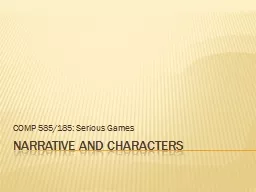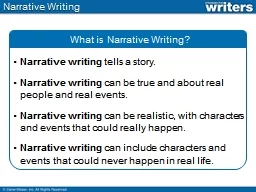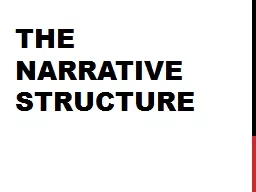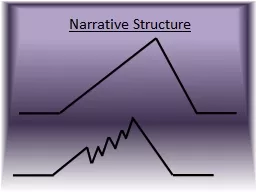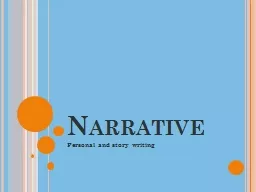PPT-narrative and characters
Author : min-jolicoeur | Published Date : 2017-03-14
COMP 585185 Serious Games Narrative Game relationships Triggers Narrative Events InGame Events Player Events Story Models Linear Branching Foldback Emergent Linear
Presentation Embed Code
Download Presentation
Download Presentation The PPT/PDF document "narrative and characters" is the property of its rightful owner. Permission is granted to download and print the materials on this website for personal, non-commercial use only, and to display it on your personal computer provided you do not modify the materials and that you retain all copyright notices contained in the materials. By downloading content from our website, you accept the terms of this agreement.
narrative and characters: Transcript
Download Rules Of Document
"narrative and characters"The content belongs to its owner. You may download and print it for personal use, without modification, and keep all copyright notices. By downloading, you agree to these terms.
Related Documents

